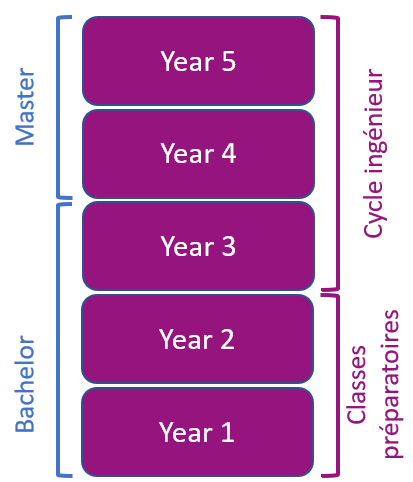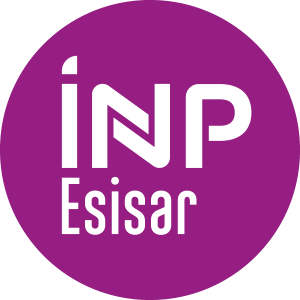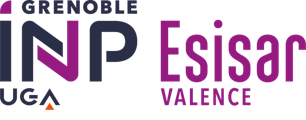Number of hours
- Lectures 9.0
- Projects -
- Tutorials 6.0
- Internship -
- Laboratory works 12.0
- Written tests -
ECTS
ECTS 2.5
Goal(s)
This course introduces various motion planning and control methods for robotic systems (robot arms, terrestrial, aerial, and aquatic drones). It starts with presenting the kinematics and dynamics of various robotic systems. Model inversion through differential flatness will be further used for reference trajectory generation.
A large part of the course will delve into various control methods ranging from classical ones like PID with anti-windup, Computed Torque Control (CTC), Feedback linearization (FL) to more advanced ones like Model Predictive Control (MPC). Some insights on estimation procedures will also be given.
The tools provided all along this course will help describe and solve various problems involving path/trajectory generation, robotic system stabilization and path/trajectory tracking. Laboratory work and an introduction to ROS (Robotic Operating System) will complete this course.
Ionela PRODAN
Content(s)
1 Challenges for robotic systems from a control theoretic perspective
1.1 Introduction to motion planning: examples of robotic systems
1.2 Coordinate system frames
1.3 Kinematics and dynamics
1.4 Path and trajectory planning
1.5 Model inversion through differential flatness
1.6 Trajectory generation
2 Control of robotic systems
2.1 PID with anti-windup
2.2 Feedback linearization
2.3 Computed-torque control
2.4 Model Predictive Control
3 Introduction to stability, robustness properties and estimation methods
3.1. Stability ingredients
3.2. Robustness
3.3. Estimation methods
4 Examples, simulations, benchmarks and applications
4.1. Path/trajectory generation for area coverage
4.2. System stabilization to a target position
4.3. Path/trajectory tracking
The course is intended for 4th year students in applied science with a major in control. A basic knowledge in control theory (both state-space and transfer function representations of the dynamical systems) and Matlab/Python/C programming are required.
N1 = 40% x TP + 60% x Final Exam
N2 = 20% x TP + 80% x Final Exam
Nconf= 100% CC
Final exam = 1.5 hours written exam, 1 double-sided handwritten A4 sheet and calculator authorized
The course exists in the following branches:
- Curriculum - EIS - Semester 7
Course ID : 4AMAC433
Course language(s): 
The course is attached to the following structures:
You can find this course among all other courses.
[1] Kravets, Alla G. (2020): Robotics: Industry 4.0 Issues & New Intelligent Control Paradigms, Springer.
[2] LaValle, Steven M (2006): Planning algorithms, Cambridge University Press.
[3] Lewis, Frank L and Dawson, DM and Abdallah, Chaouki T. (1993): Control of robot manipulators, Prentice Hall PTR.
[4] Spong, Mark W. (1998): Underactuated mechanical systems, pp. 135-150, Control problems in robotics and automation, Springer.
[5] Kroger, Torsten (2010): Literature Survey: Trajectory Generation in and Control of Robotic Systems, pp. 11-31, On-Line Trajectory Generation in Robotic Systems, Springer.
[6] J. B. Rawlings and D. Q. Mayne (2009): Model predictive control: theory and design, Nob Hill Pub., Madison, WI, USA.
[7] Koubaa, Anis (2017): Robot Operating System (ROS), Springer.
[8] Joseph, Lentin and Cacace, Jonathan (2018): Mastering ROS for Robotics Programming: Design, build, and simulate complex robots using the Robot Operating System, Packt Publishing Ltd.
What is a grande école ?
French engineering curriculum





